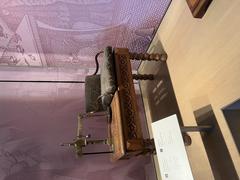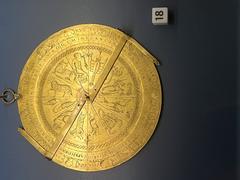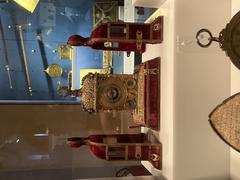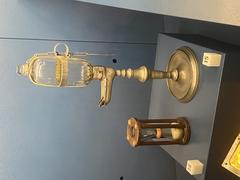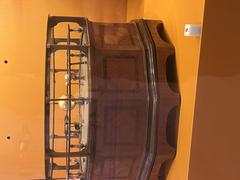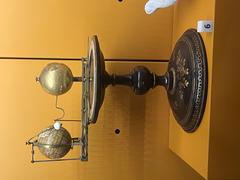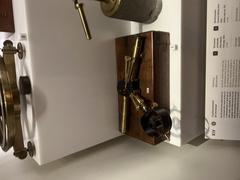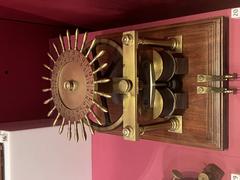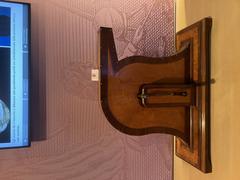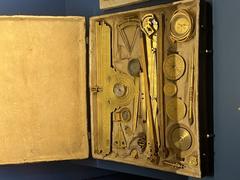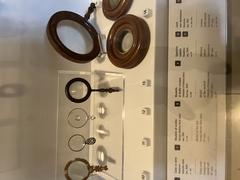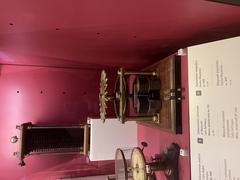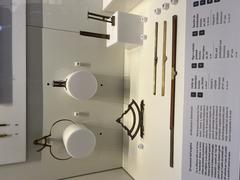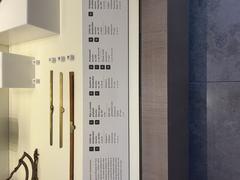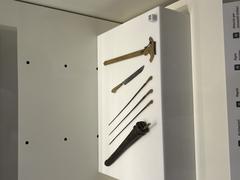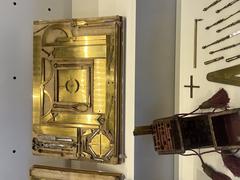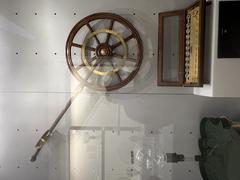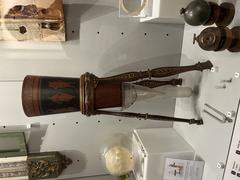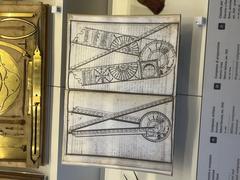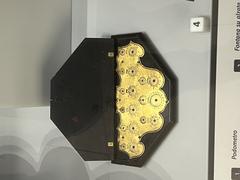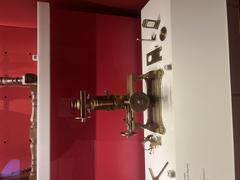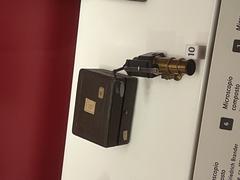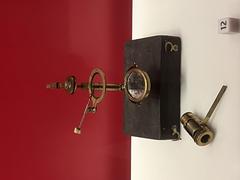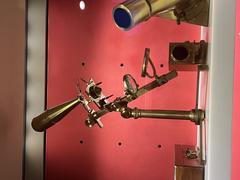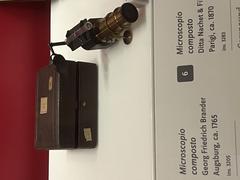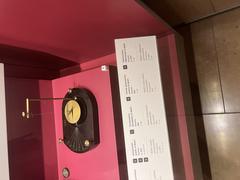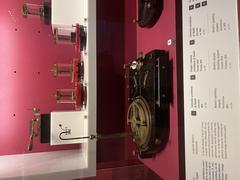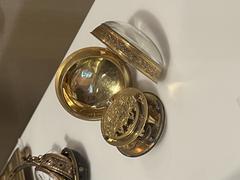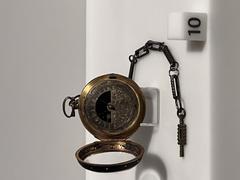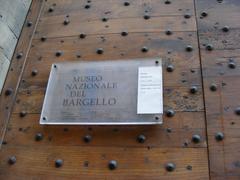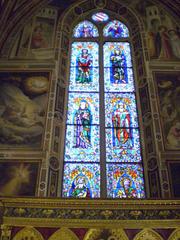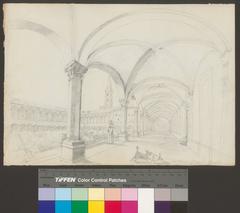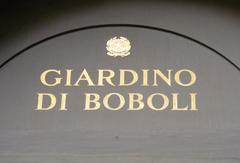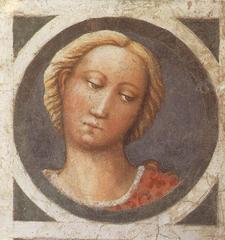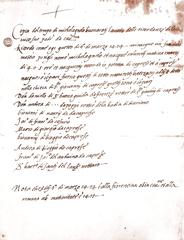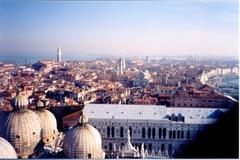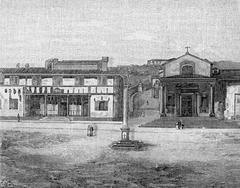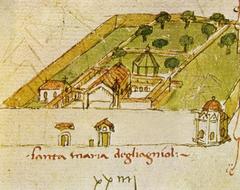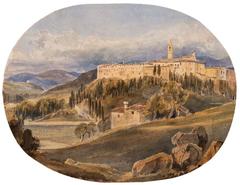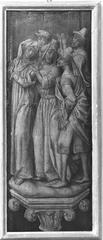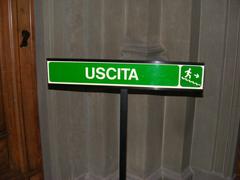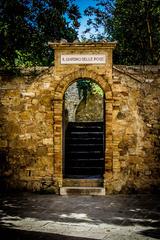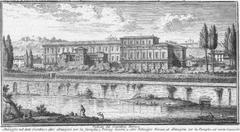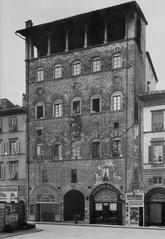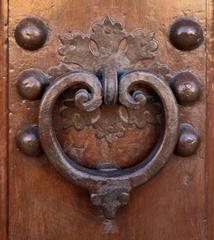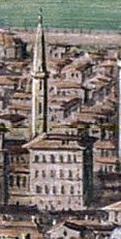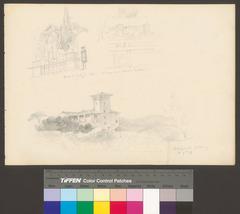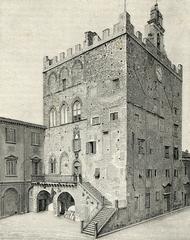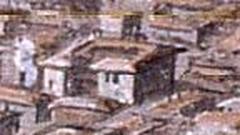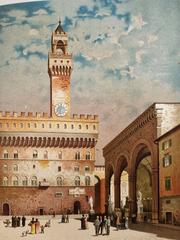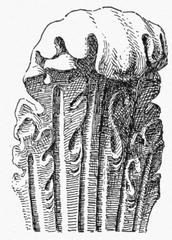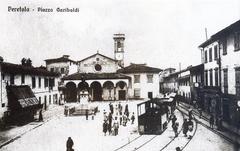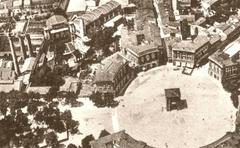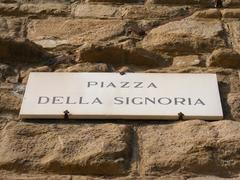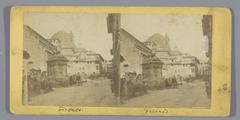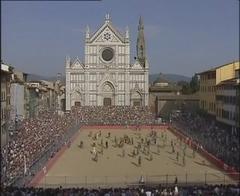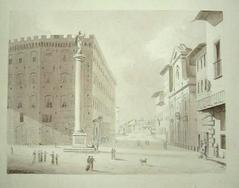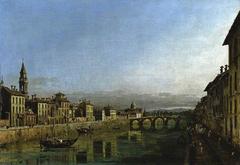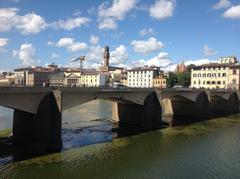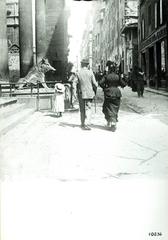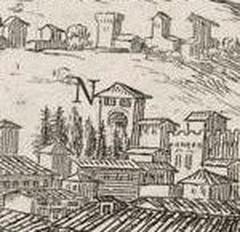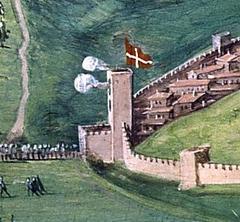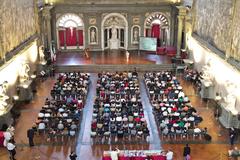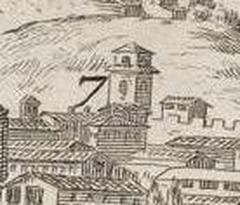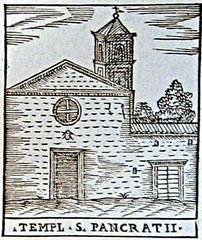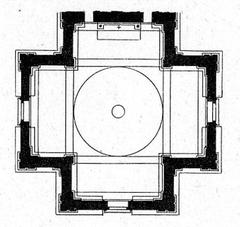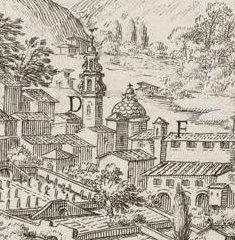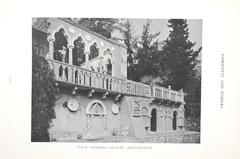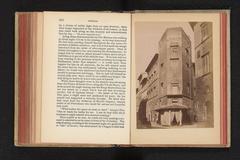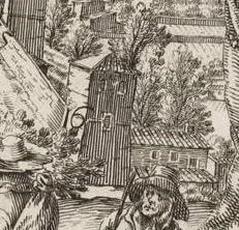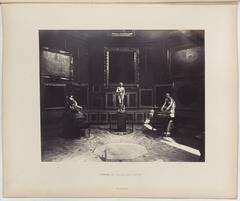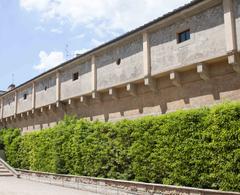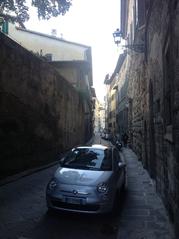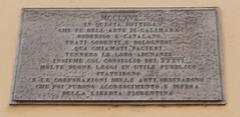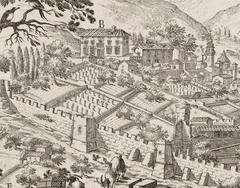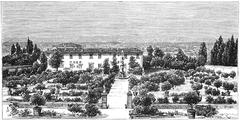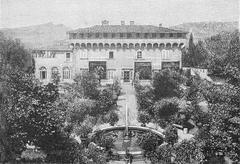
Visiting Biblioteca del Museo Galileo: Hours, Tickets, and Historical Insights
Date: 18/07/2024
Introduction
Nestled in the historic city of Florence, Italy, the Biblioteca del Museo Galileo offers a unique journey through the annals of scientific discovery. Established in 1737 by the Grand Prince of Tuscany, Leopold II, the library began its life as the ‘Gabinetto di Fisica e di Storia Naturale’ and has since evolved into a world-renowned repository of scientific knowledge. The Medici family, famed for their patronage of the arts and sciences, played a crucial role in amassing the library’s early collection, which includes numerous artifacts that once belonged to Galileo Galilei himself. Over centuries, the library has undergone several transformations, including a significant move to the Palazzo Uguccioni in 1930 and an ambitious digitization project in the late 20th century. Today, the Biblioteca del Museo Galileo houses over 150,000 volumes, offering invaluable resources for historians, researchers, and enthusiasts of scientific thought. This guide delves into the rich history, significance, and visitor information of this iconic institution, providing a comprehensive overview for anyone planning to explore its treasures. For more details, you can visit the Museo Galileo official website.
Table of Contents
History and Significance
The Early Years - A Legacy Begins
The library’s origins can be traced back to 1737 with the establishment of the “Gabinetto di Fisica e di Storia Naturale” (Cabinet of Physics and Natural History) by the Grand Prince of Tuscany, Leopold II. This collection, housed in the Palazzo Torregiani, formed the foundation for what would become a world-renowned scientific library.
The Medici Legacy - Patrons of Science
The Medici family, renowned for their patronage of the arts and sciences, played a pivotal role in shaping the library’s early collection. Their insatiable curiosity and support for scientific exploration led to the acquisition of numerous scientific instruments, books, and manuscripts. These artifacts, many of which were once owned by Galileo himself, became the cornerstones of the library’s holdings.
The Unification of Italy - A New Era
The unification of Italy in 1861 brought about significant changes, including the library’s transfer to the Uffizi Gallery. This move, while logistically driven, marked a turning point in the library’s history. It became known as the “Biblioteca Nazionale Centrale di Firenze” (National Central Library of Florence), reflecting its expanded role as a repository of scientific knowledge for the newly unified nation.
Honoring Galileo - A Name Change
In 1927, the library was renamed “Biblioteca del Museo di Storia della Scienza” (Library of the Museum of the History of Science) to honor Galileo Galilei and his profound contributions to science. This name change underscored the library’s commitment to preserving and showcasing the history of scientific inquiry.
A New Home - The Palazzo Uguccioni
The library found its permanent home in the Palazzo Uguccioni in 1930. This elegant Renaissance palace, with its spacious halls and serene courtyard, provided an ideal setting for the library’s growing collection. The move allowed for better organization and accessibility of the library’s vast holdings.
A Modern Transformation - The Digital Age
The late 20th and early 21st centuries witnessed a significant transformation in the library’s approach to preservation and accessibility. The library embarked on an ambitious digitization project, making its collection available to a global audience through its online catalog. This initiative ensured the preservation of fragile documents and broadened access to the library’s invaluable resources.
The Biblioteca del Museo Galileo Today
Today, the Biblioteca del Museo Galileo stands as a testament to the enduring power of scientific curiosity and the importance of preserving our scientific heritage. It houses an impressive collection of over 150,000 volumes, including rare books, manuscripts, scientific instruments, and archival materials.
Significance of the Collection
The library’s collection is a treasure trove for historians of science, researchers, and anyone interested in the evolution of scientific thought. Some of its most notable holdings include:
- Galileo’s Works: The library houses a significant collection of Galileo’s original manuscripts, including his groundbreaking work on astronomy, “Sidereus Nuncius” (Starry Messenger).
- Scientific Instruments: The library boasts an impressive collection of antique scientific instruments, including telescopes, microscopes, astrolabes, and globes, providing tangible evidence of the ingenuity of early scientists.
- Rare Books and Manuscripts: The library’s collection of rare books and manuscripts spans centuries and covers a wide range of scientific disciplines, offering insights into the development of scientific theories and methodologies.
- Archival Materials: The library’s archives contain a wealth of documents, letters, and other materials that provide valuable context for understanding the lives and work of Galileo and other prominent scientists.
Visitor Information
Opening Hours and Tickets
The Biblioteca del Museo Galileo is open Monday to Friday from 9:00 AM to 5:00 PM. Tickets can be purchased at the entrance or online through the official website. Prices are as follows:
- Adults: €10
- Students and Seniors: €7
- Children under 12: Free
Guided Tours and Special Events
The library offers guided tours that provide an in-depth look at its collection and history. These tours are available in multiple languages and can be booked in advance. Additionally, the library hosts special events, lectures, and exhibitions throughout the year, providing unique opportunities for visitors to engage with its holdings.
Travel Tips and Nearby Attractions
The library is centrally located in Florence, making it easily accessible by public transportation. Nearby attractions include the Uffizi Gallery, the Florence Cathedral, and the Ponte Vecchio. Visitors are encouraged to explore these historical sites to enrich their experience.
Accessibility
The Biblioteca del Museo Galileo is committed to providing access to all visitors. The library is wheelchair accessible, and assistance is available upon request. For further details, visit the official website or contact the library directly.
Conclusion
The Biblioteca del Museo Galileo is more than just a repository of old books and instruments; it’s a living testament to the enduring power of human curiosity and the relentless pursuit of knowledge. Its collection serves as a reminder of the importance of preserving our scientific heritage and making it accessible to future generations. Plan your visit today and immerse yourself in the rich history of scientific inquiry.
FAQ
What are the Biblioteca del Museo Galileo visiting hours?
The library is open Monday to Friday from 9:00 AM to 5:00 PM.
How much are the tickets for the Biblioteca del Museo Galileo?
Tickets are priced at €10 for adults, €7 for students and seniors, and free for children under 12.
Are guided tours available?
Yes, guided tours are available and can be booked in advance through the official website.
Is the library accessible for visitors with disabilities?
Yes, the library is wheelchair accessible and assistance is available upon request.
